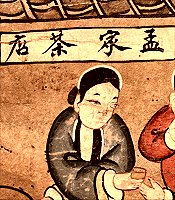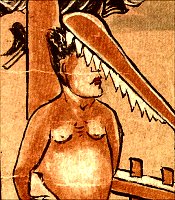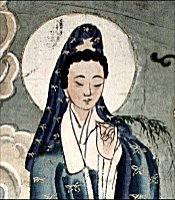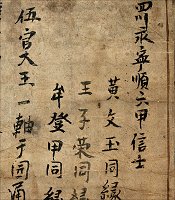

As opposed to "applied tortures" (see below) in which demons are directly tormenting the damned with a creative variety of implements, environmental tortures are geographic places in hell that in themselves serve as a form of torment. These environmental hells range from a freezing hell of ice to a dark scriptorium where bad monks strain their eyes to recite from sutras, to the notorious Avici Hell where no one ever leaves. None of these particular environmental tortures appear in the A series and so are gathered here.

As opposed to "environmental tortures" (see above) where the surroundings themselves induce suffering, applied tortures are the various ways that the demons of hell directly inflict pain on the damned. These applied tortures range from forcing the damned to drink molten metal to making them kneel on metal shards, from raking their hair with combs made of knives to throwing them off cliffs. None of these particular applied tortures appear in the A series and so are gathered here.

Just as Western narratives about touring hell regularly include some notion of harrowing hell or at least providing the damned with some form of temporary reprieve, Chinese hells are also subject to occasional moments of mercy. Although not depicted in the A series (except perhaps where Mulian is rescuing his mother), hell scrolls sometimes show bodhisattvas saving the damned, the demons' torture devices breaking down and the impenetrable walls suddenly collapsing. I suspect the inclusion of such moments of mercy in text and image are actually rhetorical devices that make hell all the more ghastly, sidestepping the numbing complacency of uniform pain and highlighting utter hopelessness by contrasting it with remote glimpses of hope.

While some hell scrolls are clearly produced with a higher aesthetic than others, in general they are not "art" produced by a single artist who might sign his or her work. They are the product of workshops and in general lack textual evidence of provenance. There are rare exceptions, and they are gathered here.